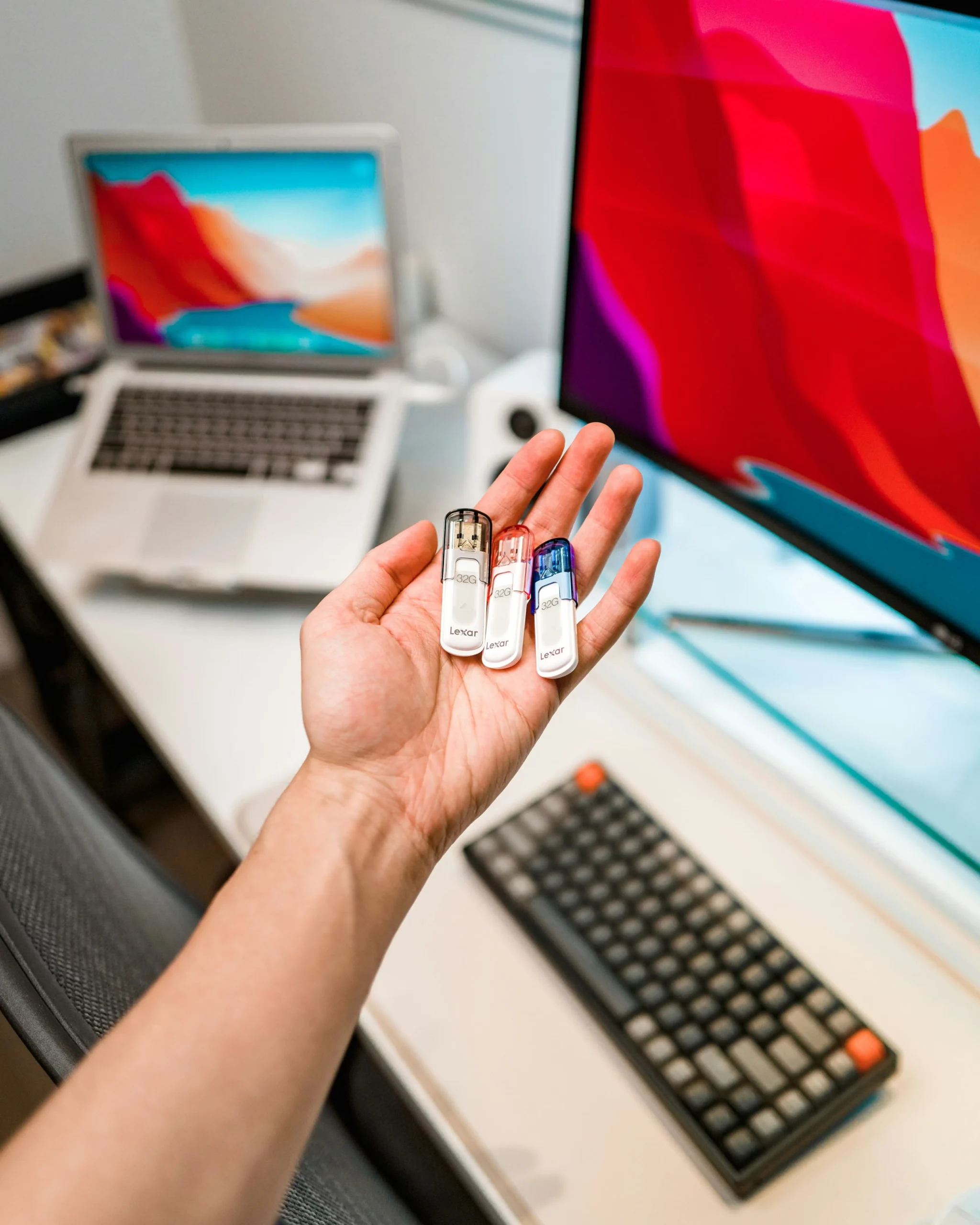Discovering that your Windows computer no longer recognizes your flash drive can be a moment of panic, especially when it contains crucial data. Whether it’s a treasure trove of family photos, vital work documents, or your favorite collection of music, the urgency to regain access is paramount. This blog post delves into the common reasons behind this issue and offers practical steps to troubleshoot and resolve it.
Understanding the Issue
When you plug in your flash drive and Windows fails to acknowledge it, the problem could stem from various factors. It might be an issue with the USB port, the drive itself, or within Windows. Identifying the root cause is the first step toward resolution.
Check the Basics
Start with the simplest checks:
- Try a different USB port: Occasionally, the problem might be with the USB port itself.
- Test the flash drive on another computer: This can help you determine if the issue lies with the drive or your computer.
- Inspect the flash drive for physical damage: Look for any signs of wear or damage that could affect its functionality.
Troubleshooting in Windows
If the basic checks don’t reveal the problem, it’s time to delve into Windows-specific troubleshooting:
- Use Disk Management: This built-in Windows tool shows all connected storage devices. If your flash drive appears here but not in File Explorer, you might need to assign it a drive letter or format it (caution: formatting will erase all data).
- Check Device Manager: Sometimes, the drive might be disabled or require a driver update. In Device Manager, look for any devices with a yellow exclamation mark, which indicates a problem.
- Update USB controller drivers: Outdated or corrupt USB controller drivers can cause recognition issues. Updating these through Device Manager can often resolve the problem.
Data Recovery
If your flash drive is recognized in Disk Management but you can’t access the data, consider using data recovery software. Numerous reliable applications can help recover lost or inaccessible data, though success isn’t guaranteed.
Prevention is Key
To avoid such dilemmas in the future:
- Regularly back up your data.
- Safely eject your flash drive before removing it.
- Keep your computer’s software and drivers up to date.
Conclusion
While it’s frustrating when Windows doesn’t recognize your flash drive, the situation is often fixable with a bit of troubleshooting. By methodically checking for hardware issues, using Windows tools to rectify driver or partition problems, and turning to data recovery as a last resort, you can often regain access to your valuable data. Remember, regular backups are your best defense against data loss.


